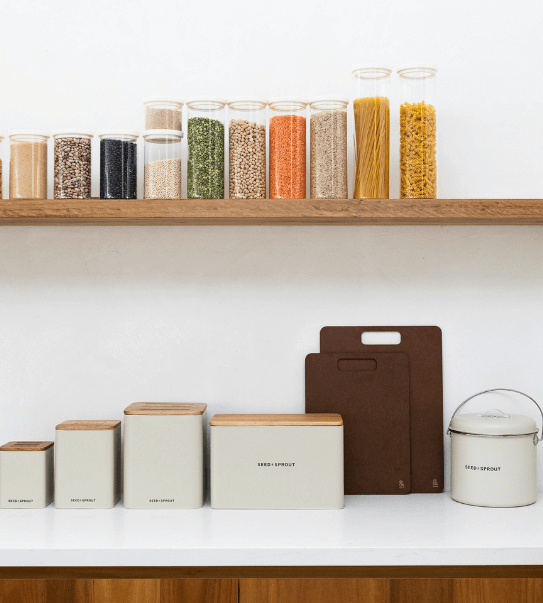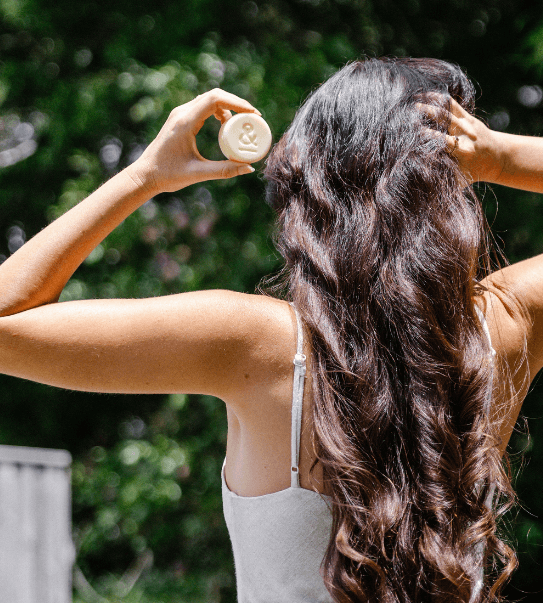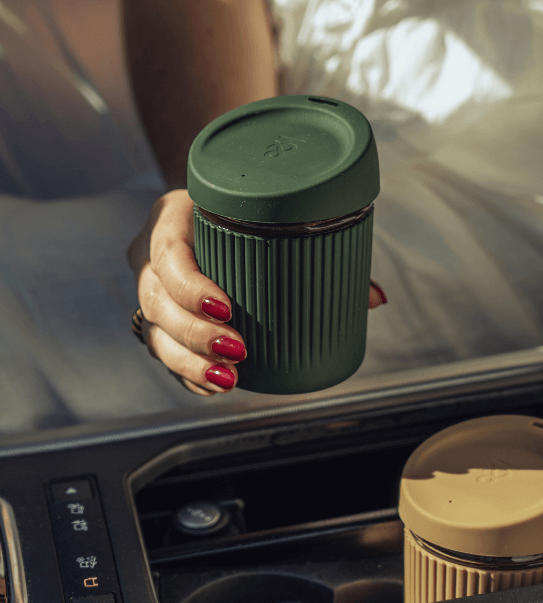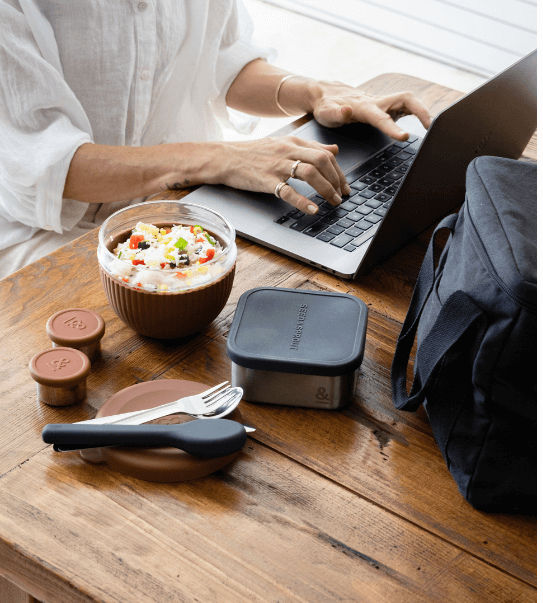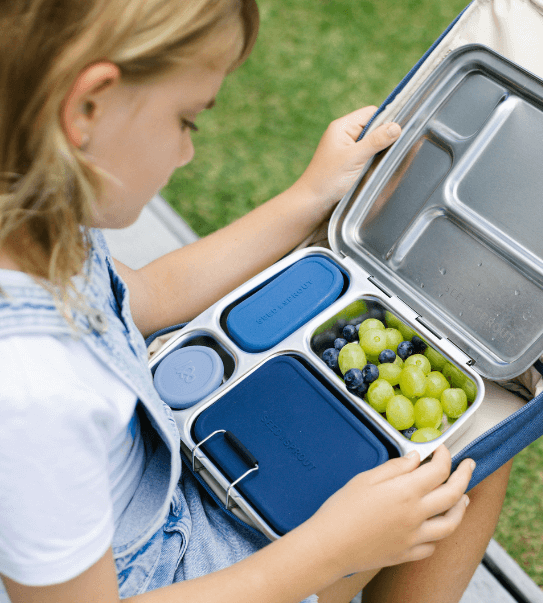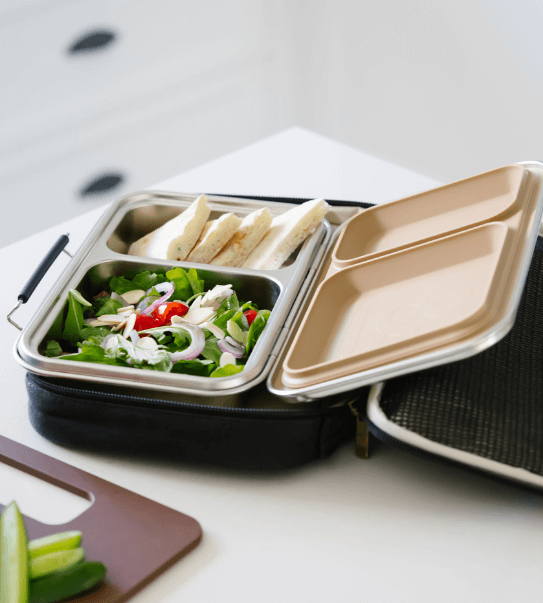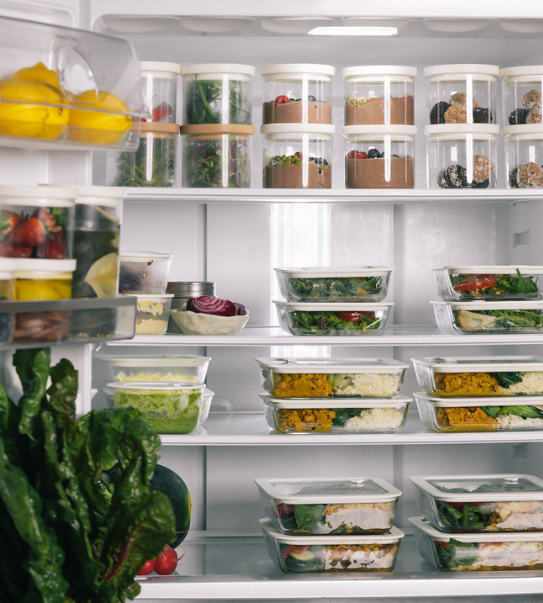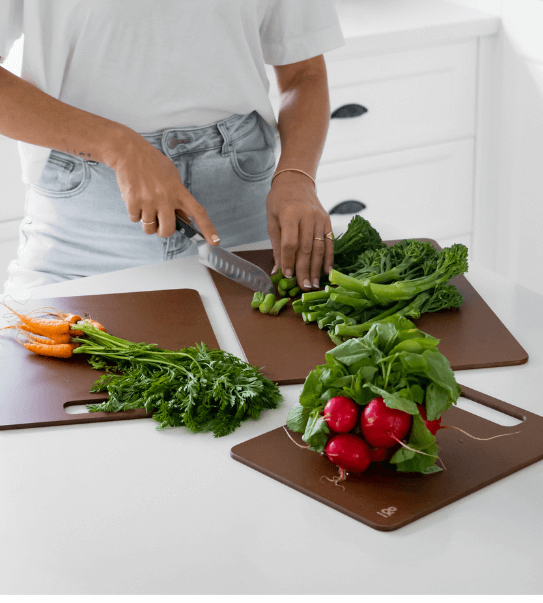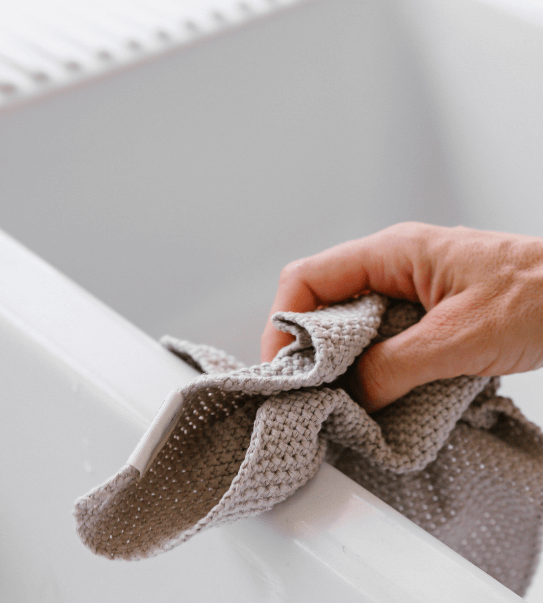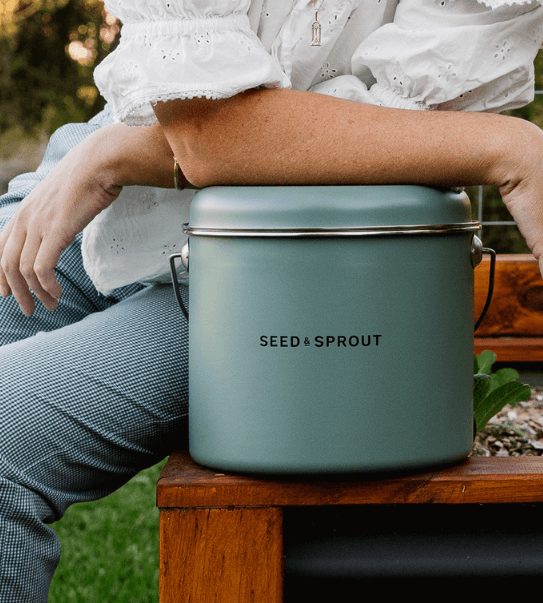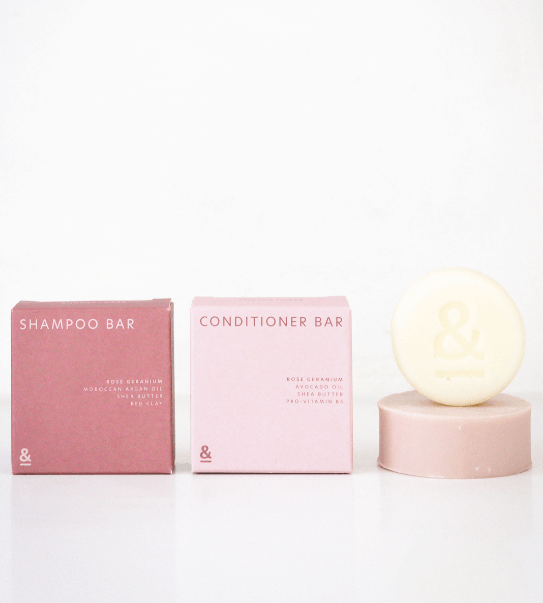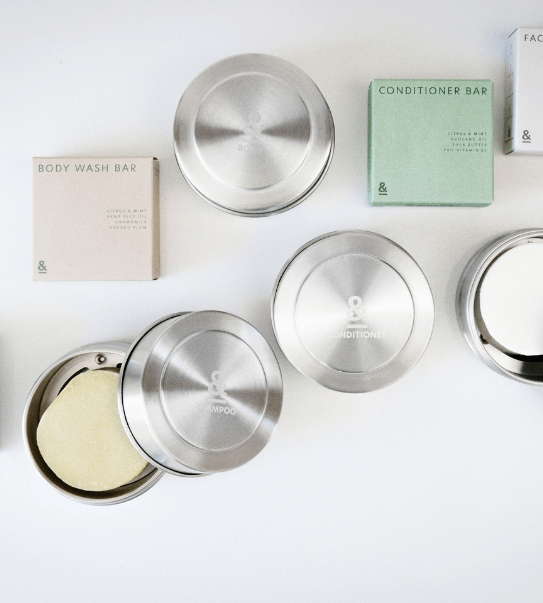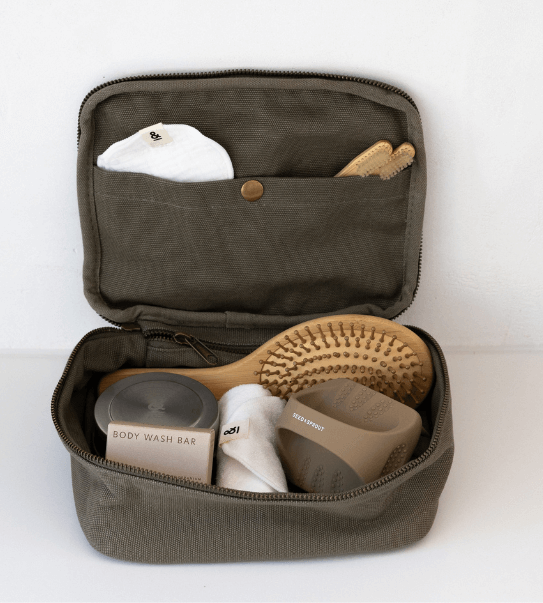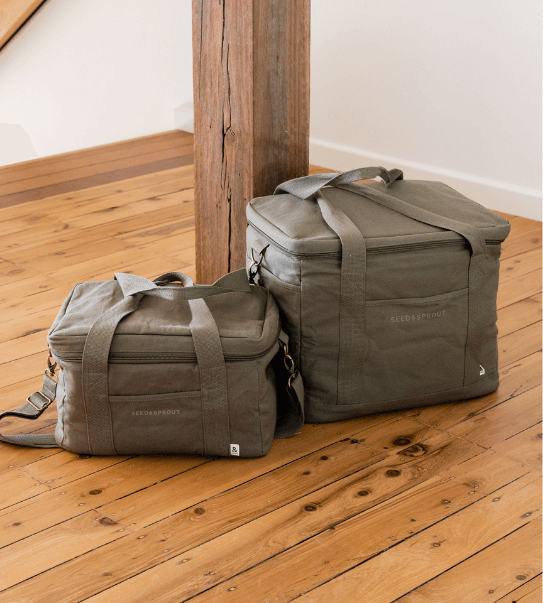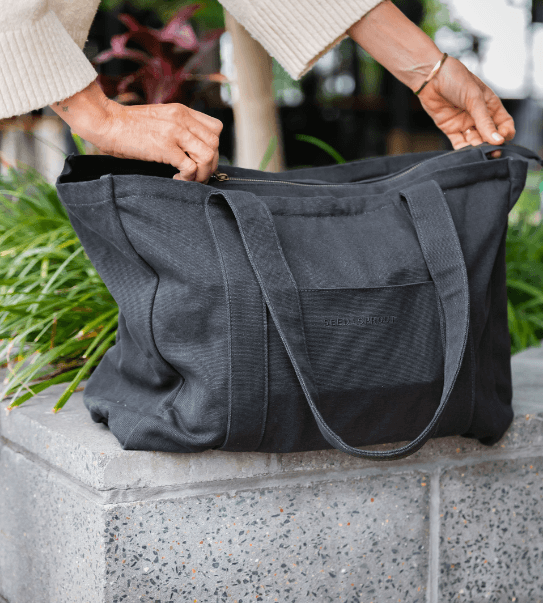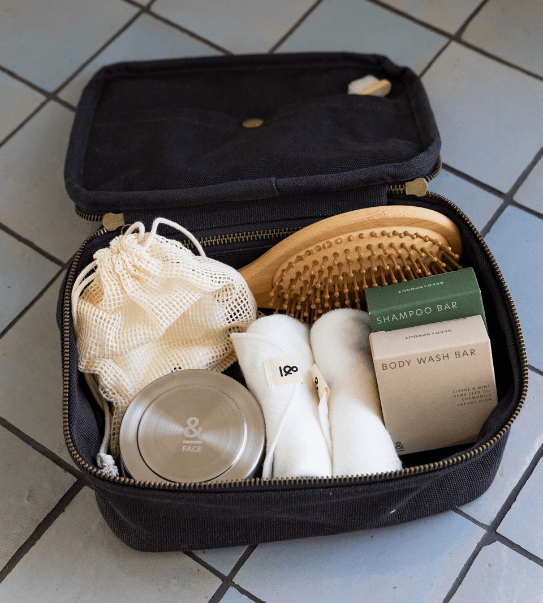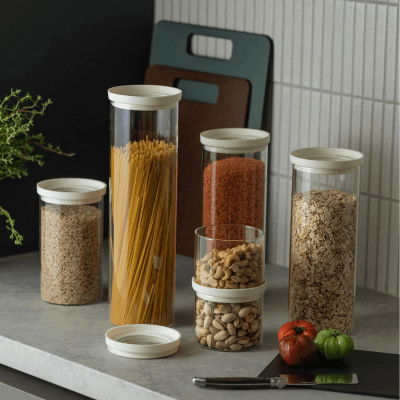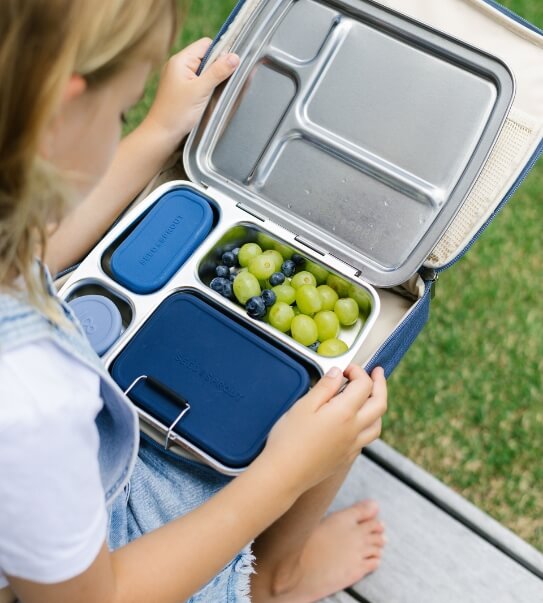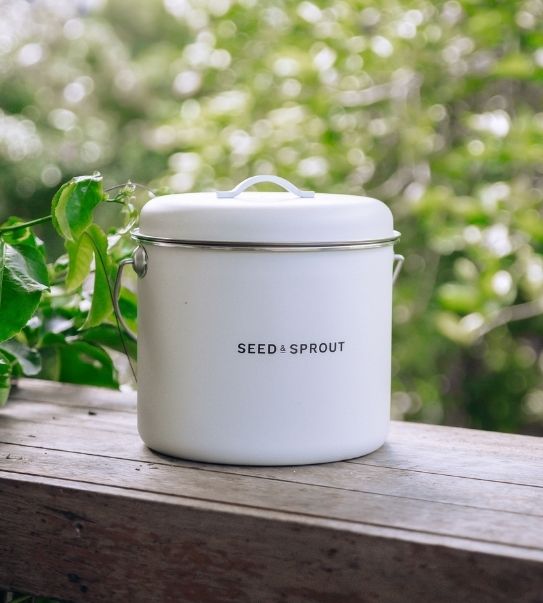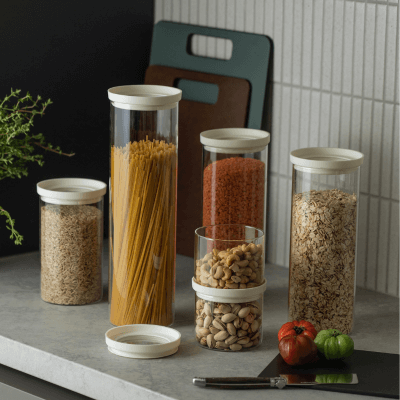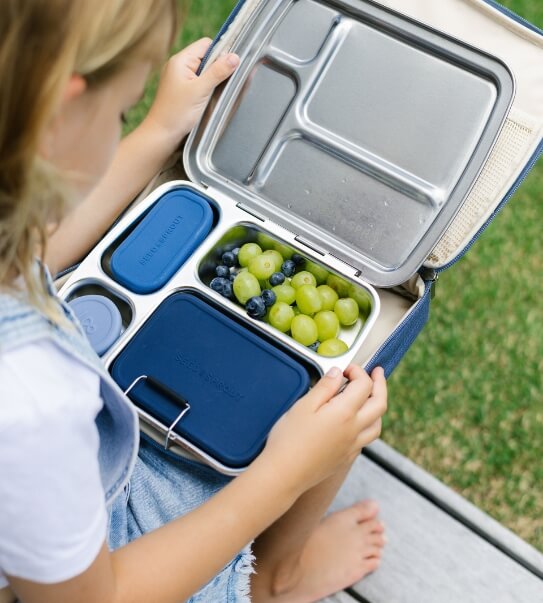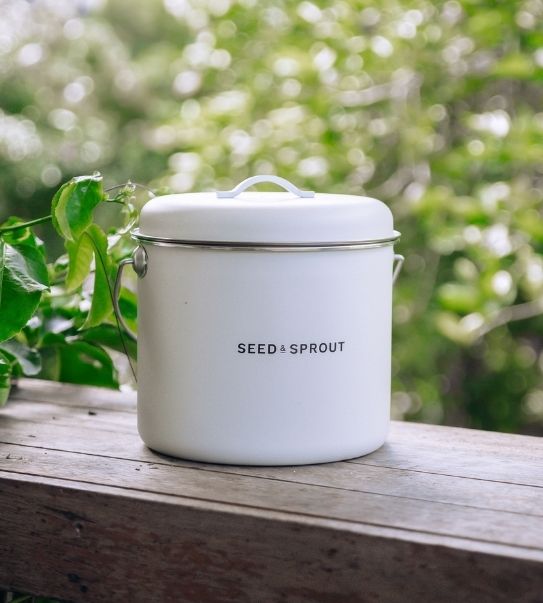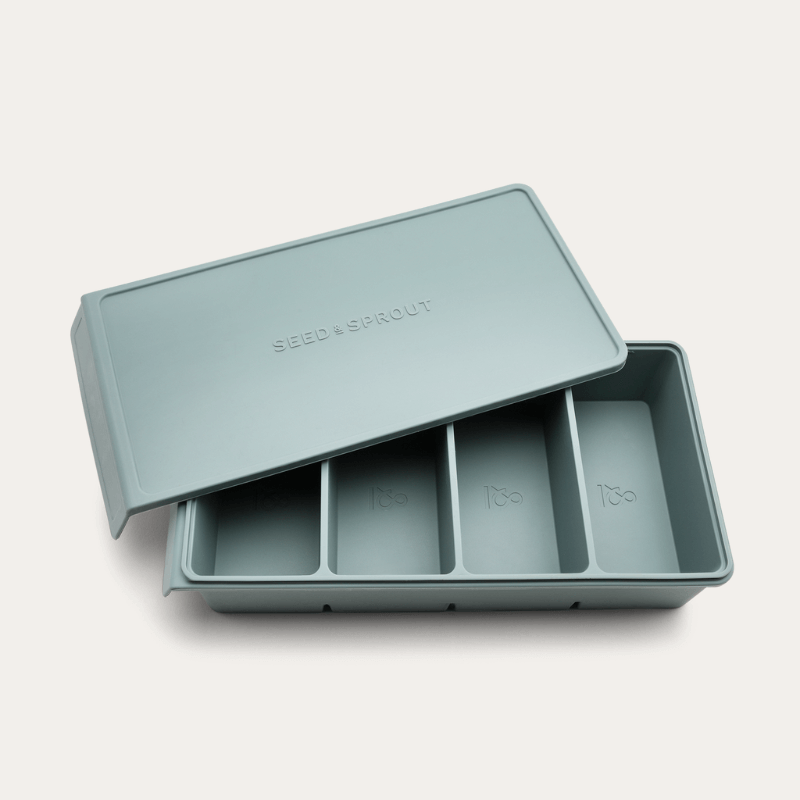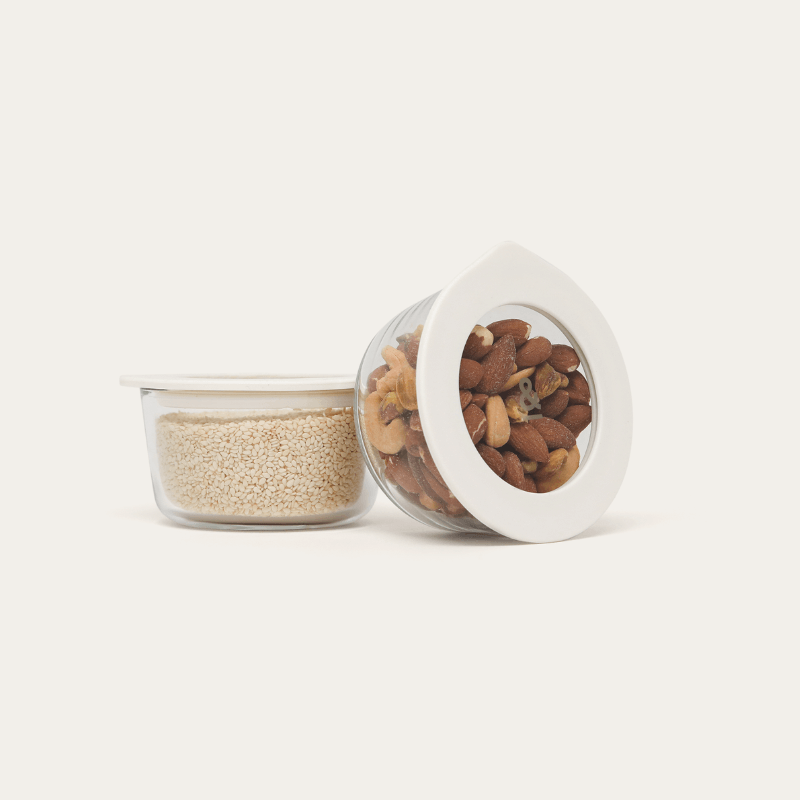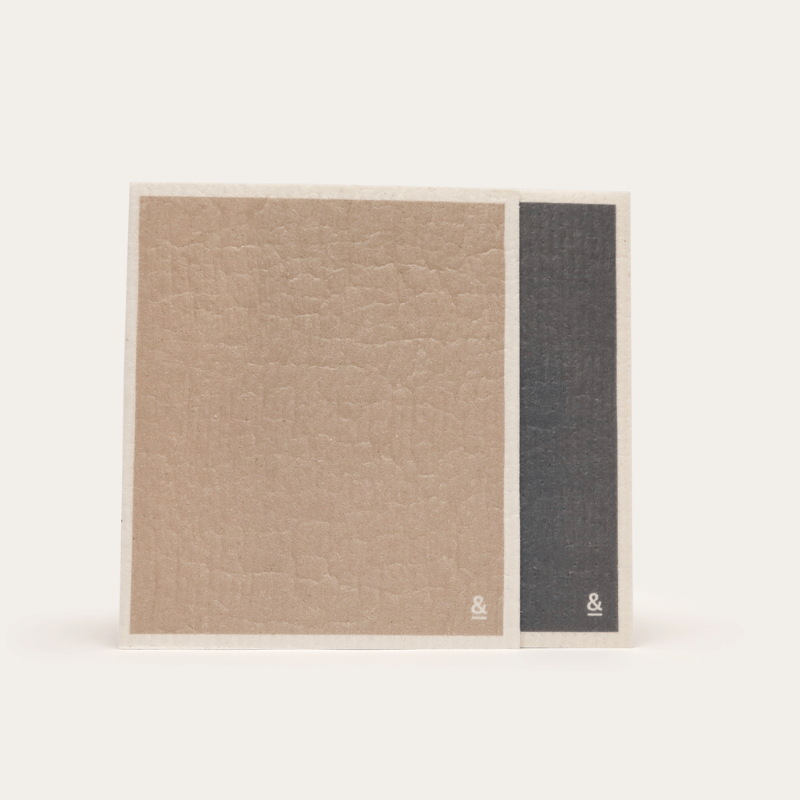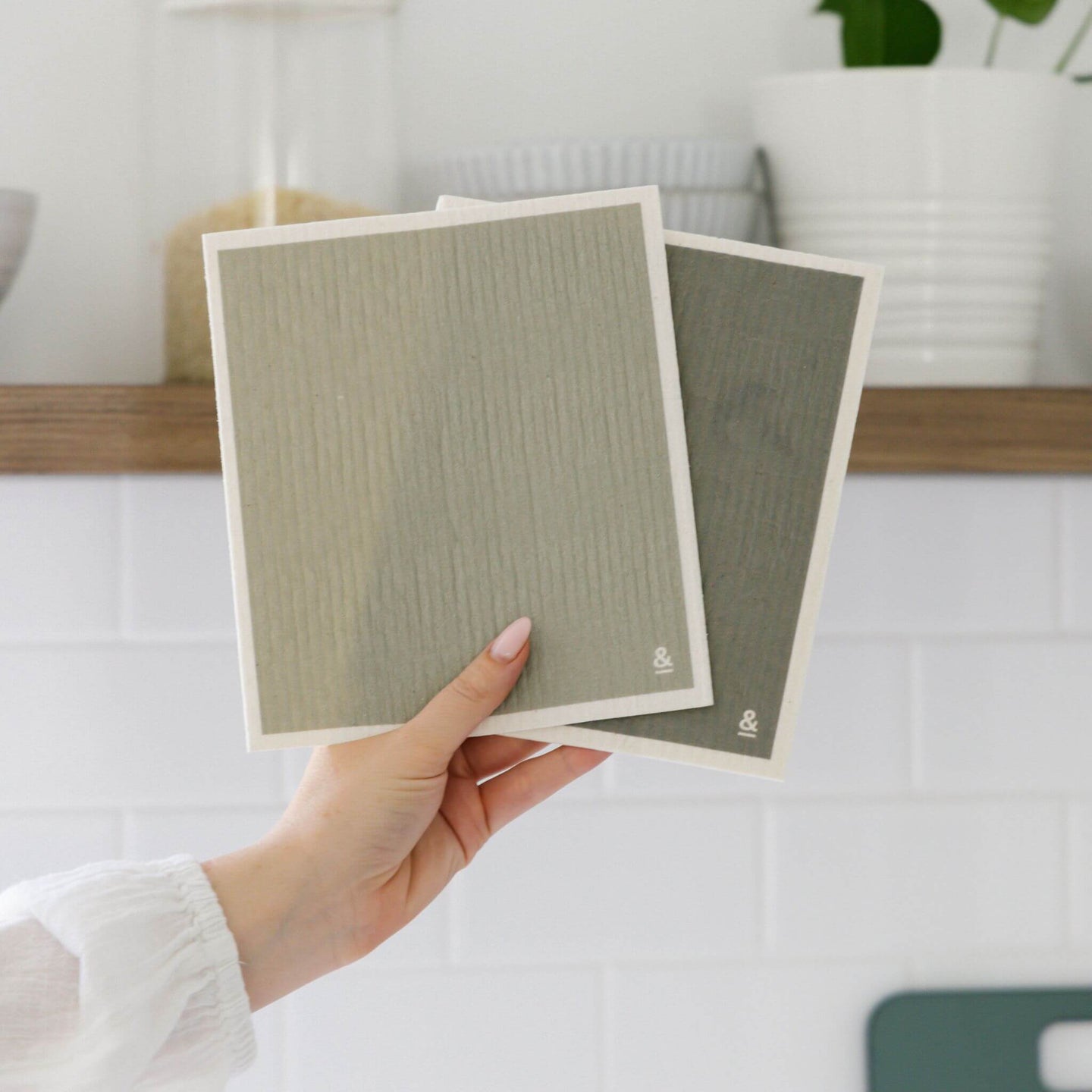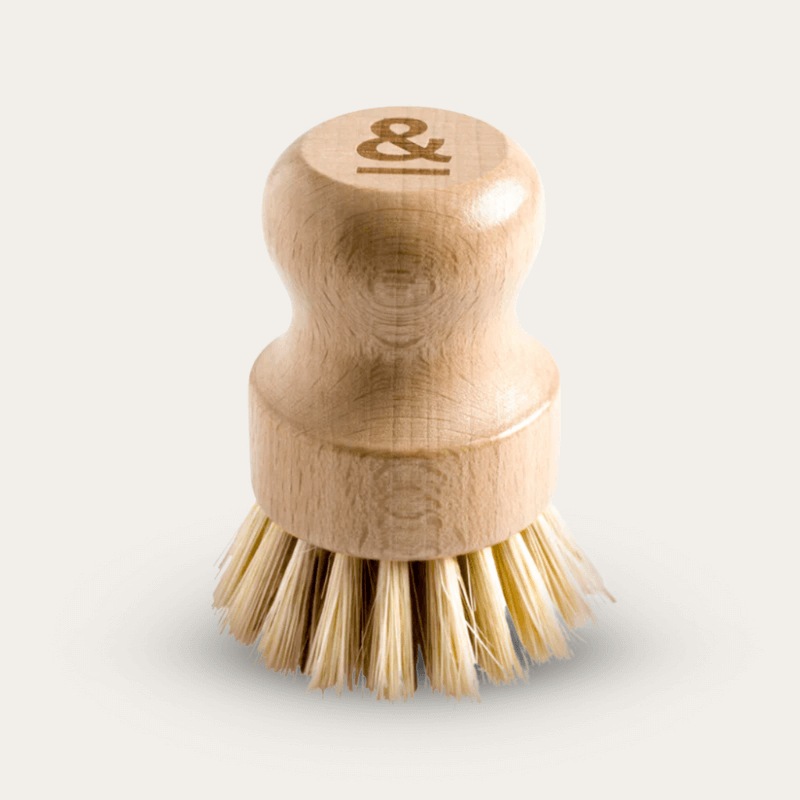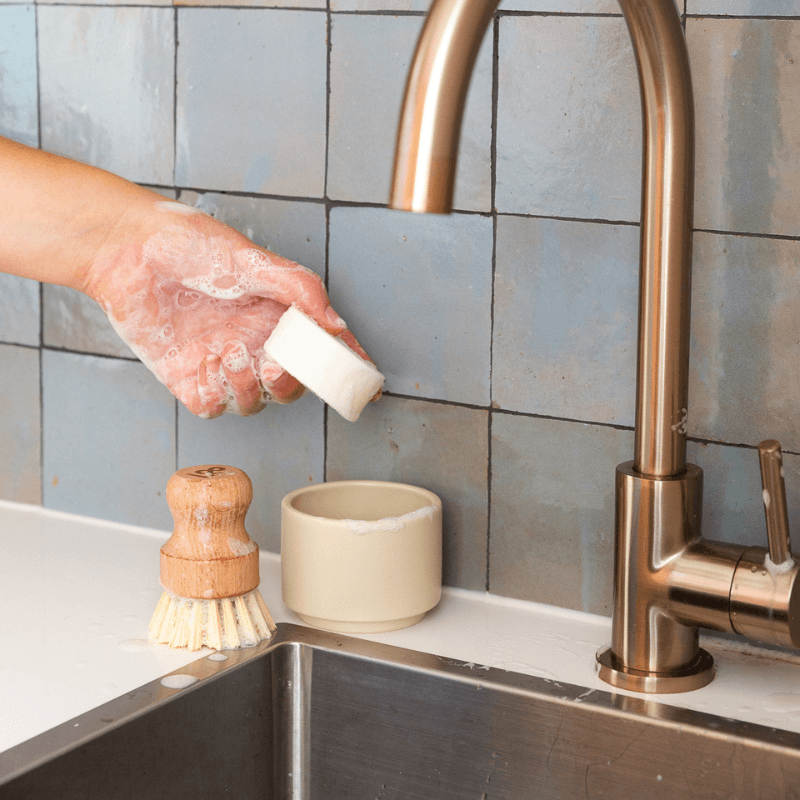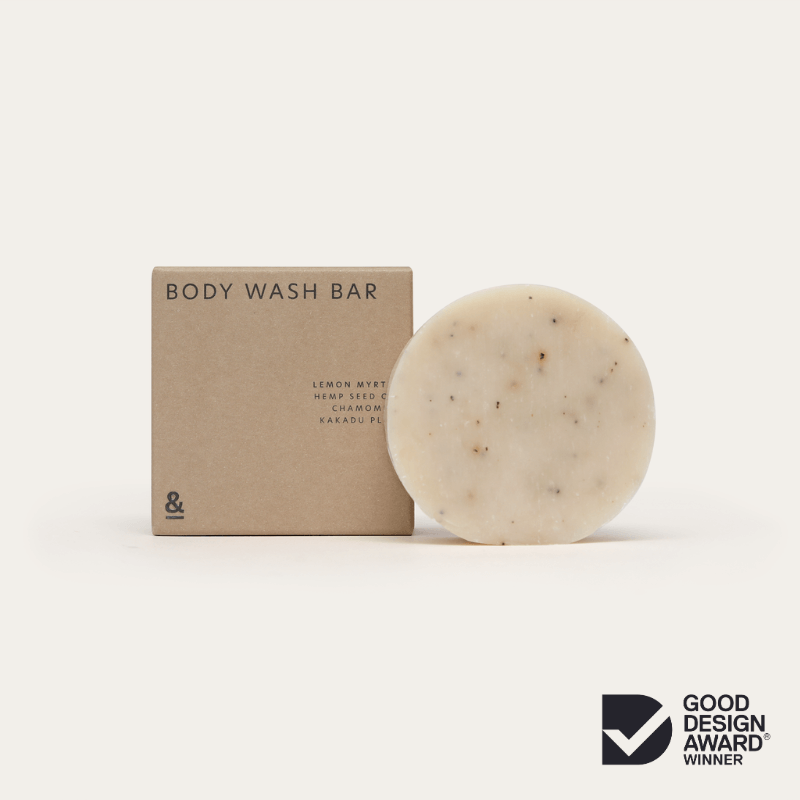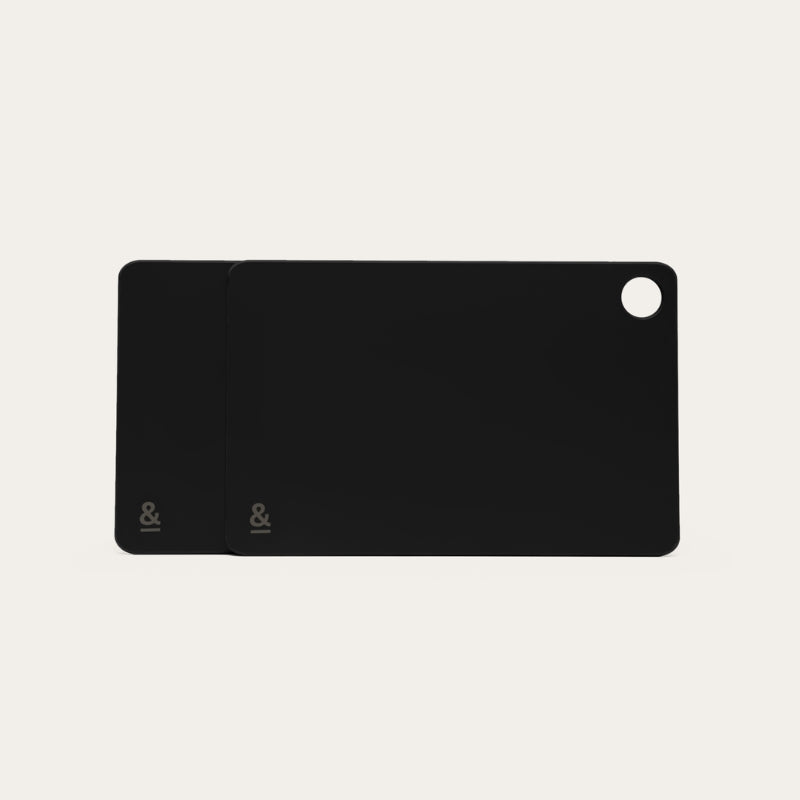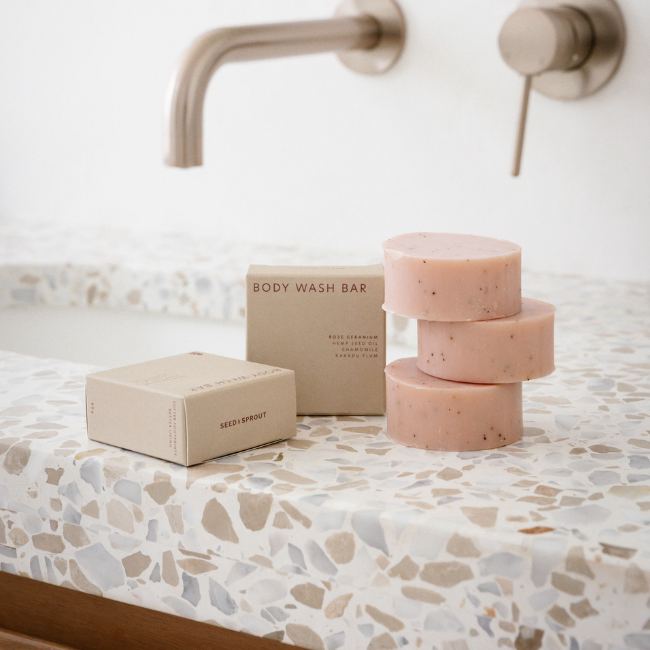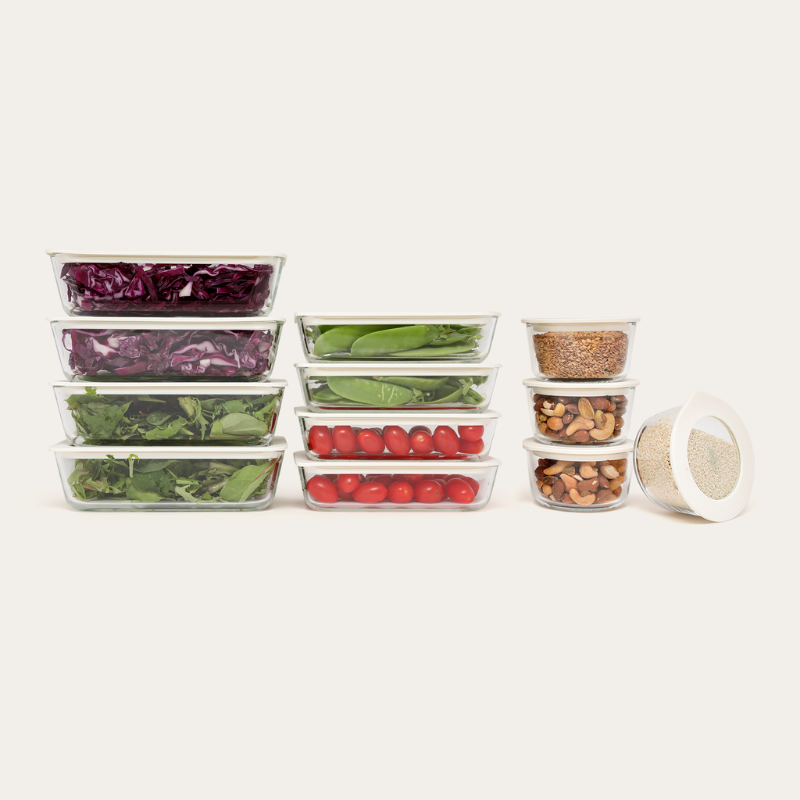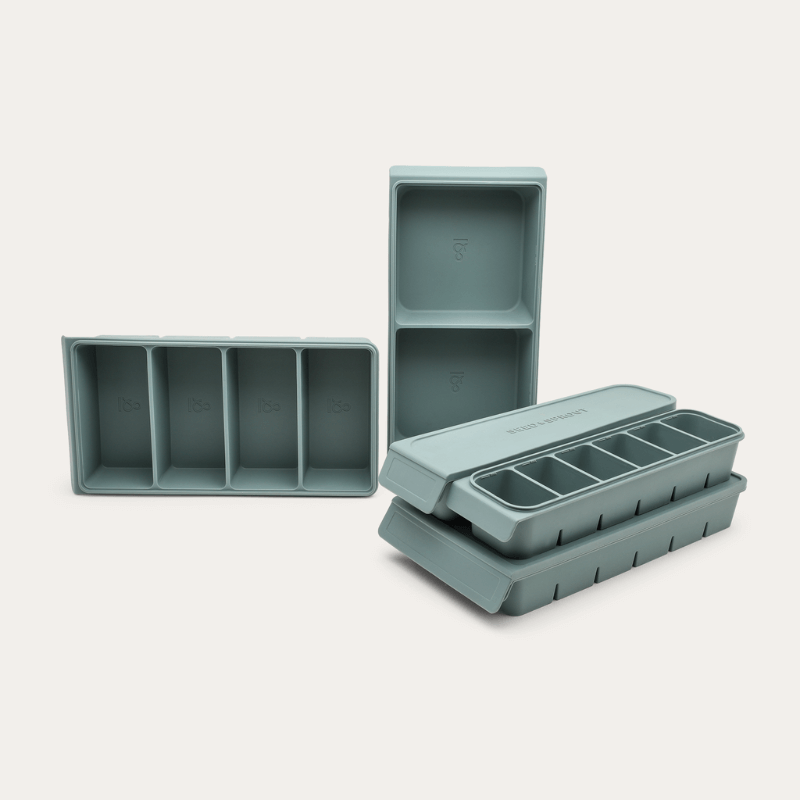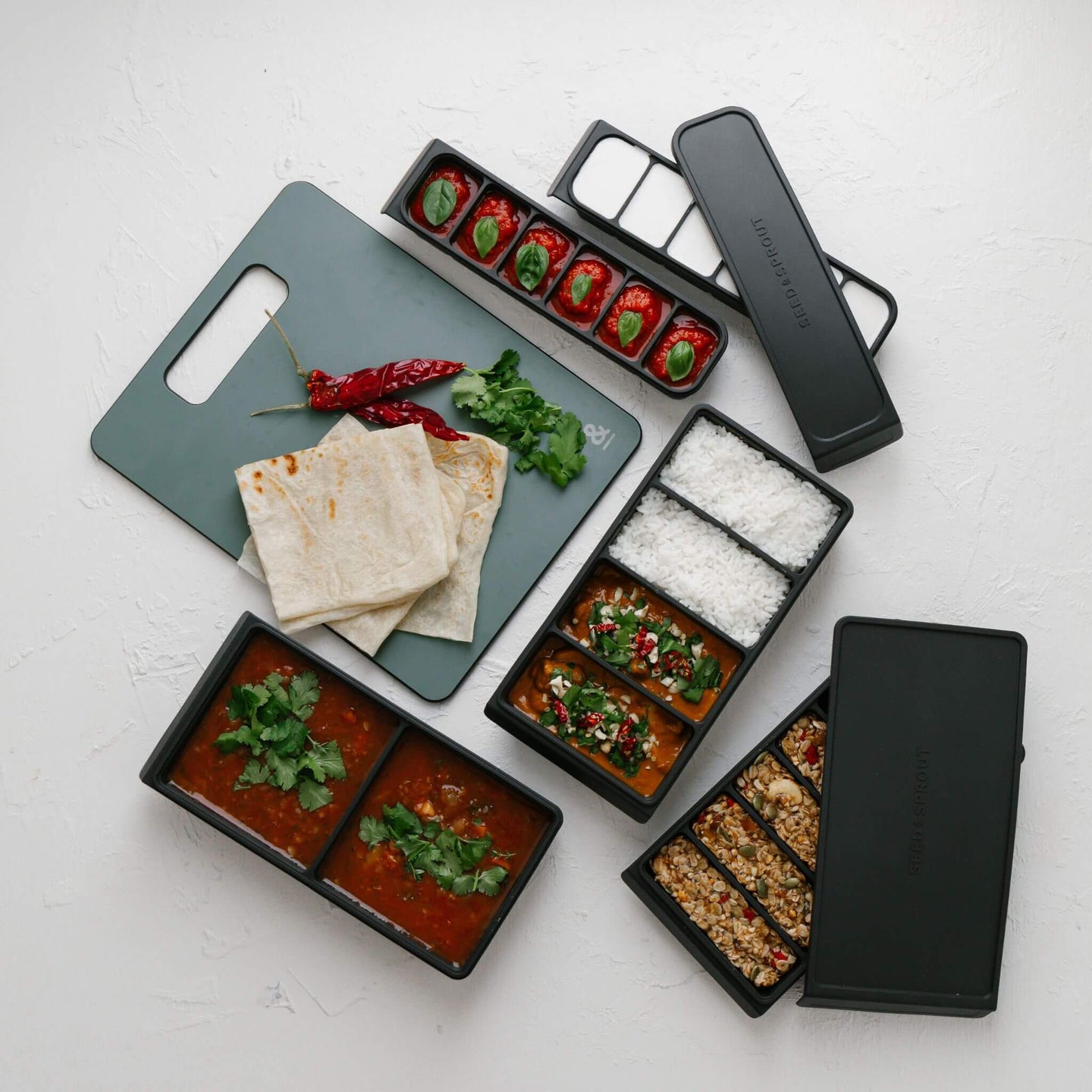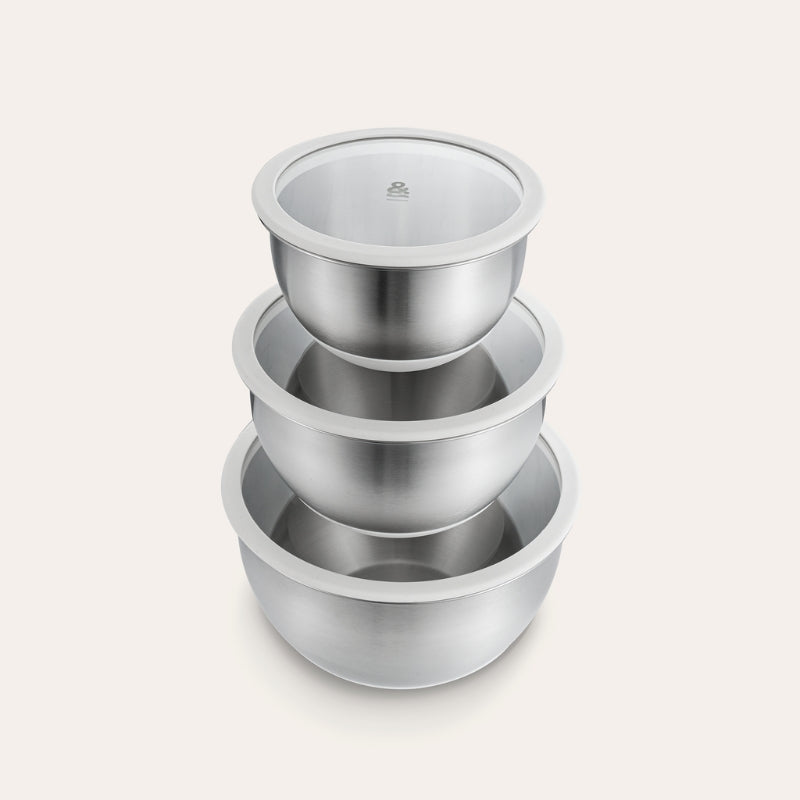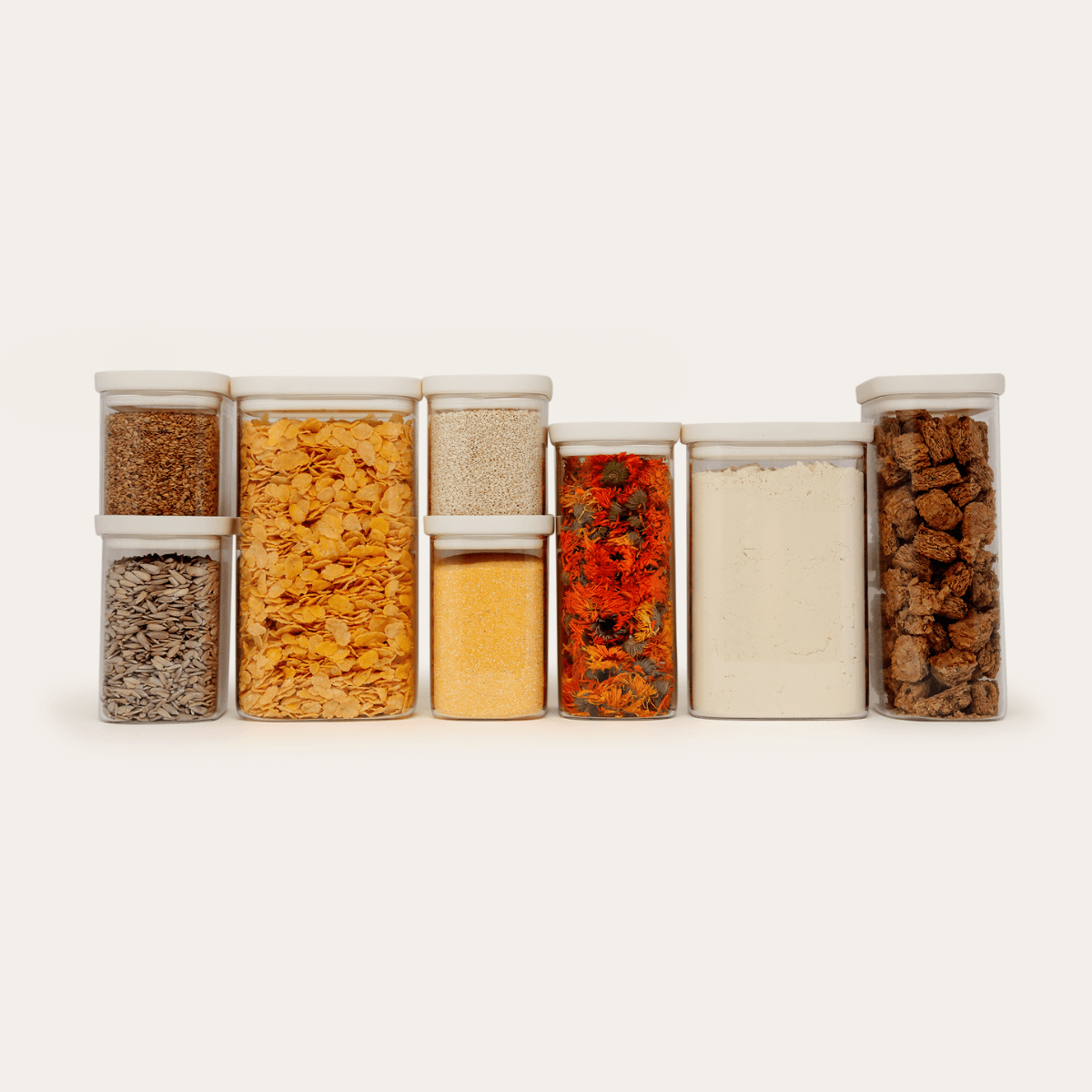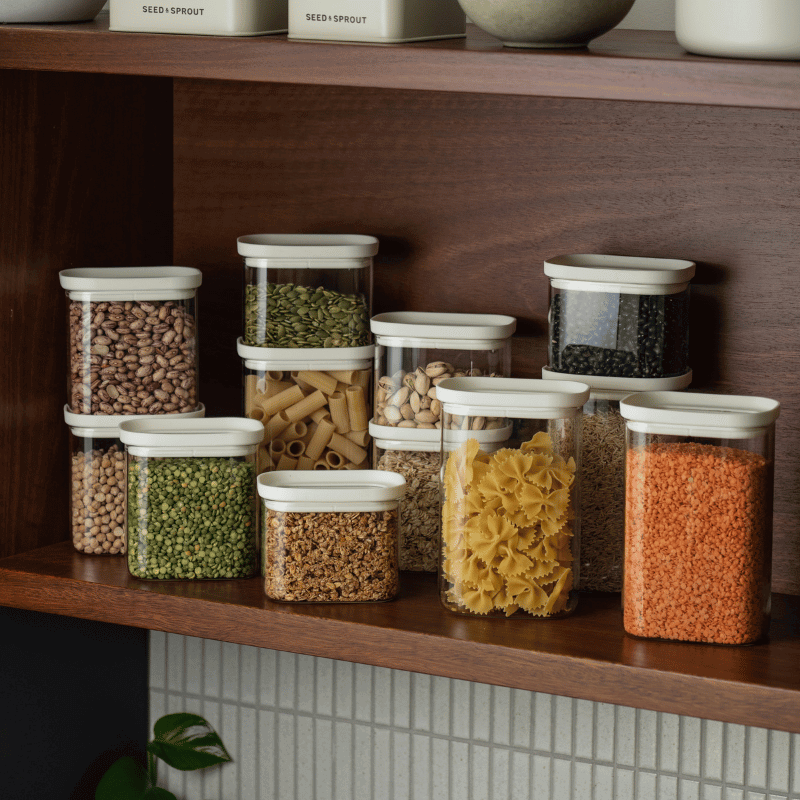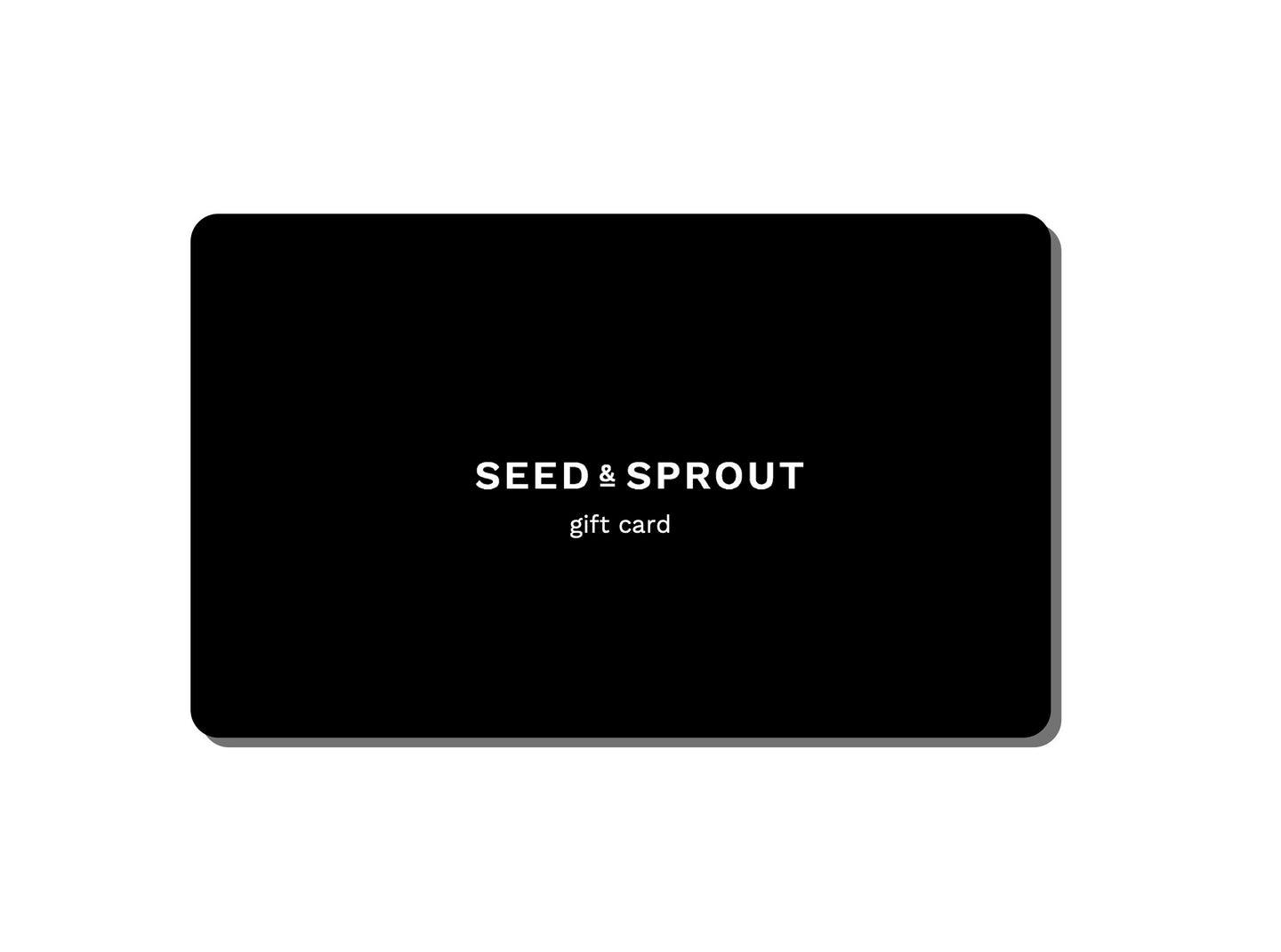Hidden Plastic in Your Food: Uncover and Overcome
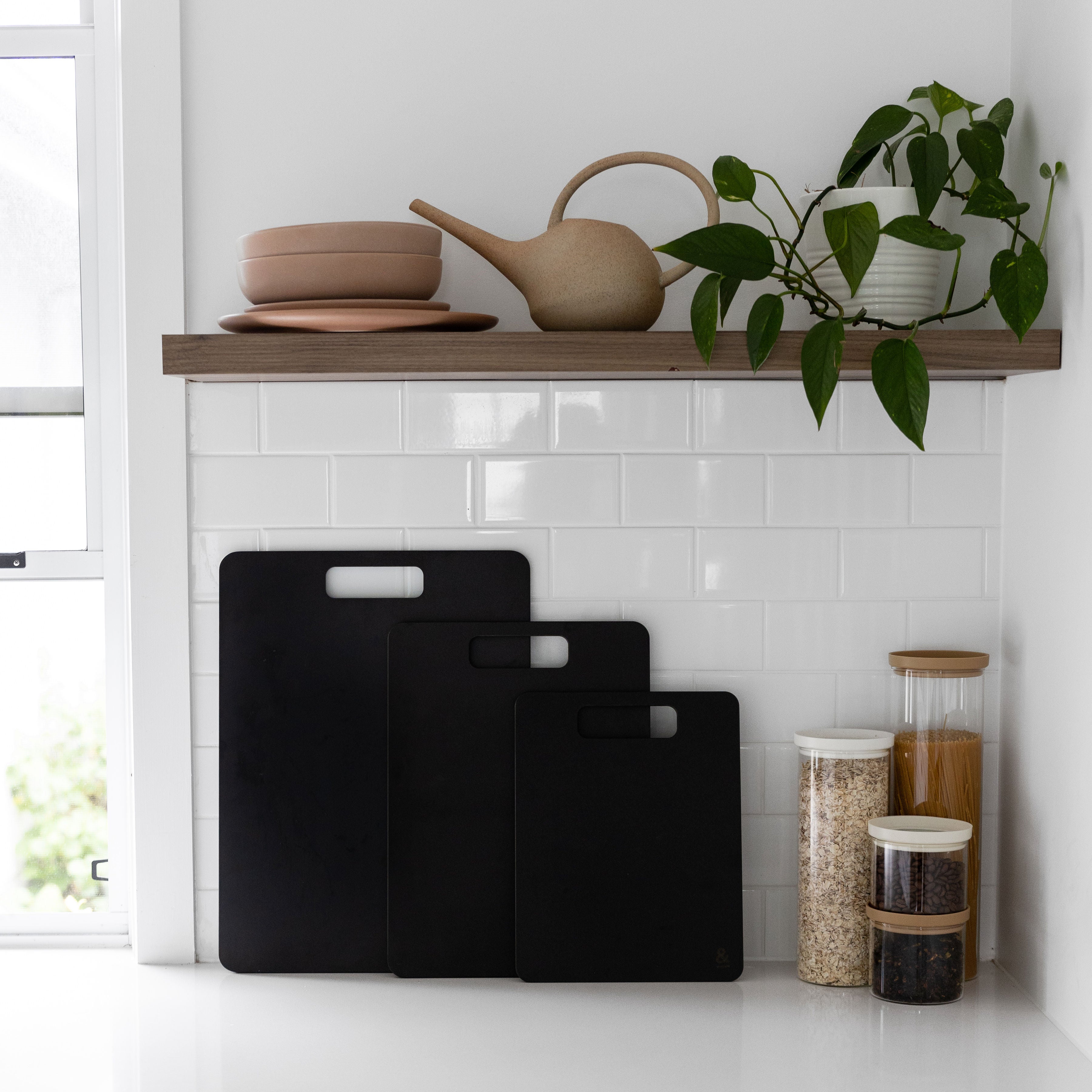
From the spices on your shelves to the convenient pre-packaged veggies in your freezer, plastic sneaks into our lives in more ways than we might expect. But worry not - making a shift to a more sustainable kitchen is easier (and more stylish) than you think!
The Hidden Plastic Culprits
When we think of plastic, items like water bottles and shopping bags might jump to mind. Yet, there’s a less obvious offender lurking right in our kitchens:
- Canned Goods: Many canned goods are lined with BPA-containing plastic. Research, including studies from sources like Harvard Health, suggests BPA can leach into food and potentially impact human health.
- Microwave Meals and Pre-Packaged Veggies: Designed for convenience, these items offer quick meals but studies suggest that when heated, chemicals can transfer from plastics into our food - yuck!
- Tea Bags: Did you know that some tea bags are made from plastic? And with the knowledge that heat encourages a transfer of chemicals these pose a serious health risk over a long term.
- Cookware: While some cookware is plastic free, some contain a plastic lining like non-stick pans and others contain fillers like silicone cookware that’s been made from low grade silicone.
- Chopping Boards: Not so much hidden but those pesky microplastics that shed off plastic boards can be. It's time to make the switch!
Swapping for Sustainability
Imagine opening your pantry to see a range of stylish, uniform glass containers instead of miscellaneous plastic packaging. Here’s how you can start that transformation:
- Bulk Shopping: Begin by visiting your local bulk store. Bring along reusable produce bags and skip the plastic packaging entirely.
- Choose Fresh and Unpackaged: Whenever possible, opt for fresh, unpackaged produce. Not only does it reduce waste, but it also encourages healthier eating habits. Our glass containers are designed with an airtight seal to keep your fresh produce fresher for longer!
Products to Get You Started
At Seed & Sprout, we’ve designed products specifically to help you make this transition seamlessly:
Glass Food Storage Container Set: Perfect for everything from leftovers to meal prep, ensuring your food stays fresh and your kitchen stays free of harmful plastics.

Ultimate Glass Pantry Makeover: This set will revamp your pantry’s look while aligning with your eco-friendly goals. Use in the pantry, fridge, oven and freezer!

Complete Kitchen Storage Set: A comprehensive solution to declutter your shelves and store your bread, potatoes, onions and garlic.

Spice Jar Set: Swap out those sneaky plastic spice containers for our elegant and sustainable glass jars. Buy in bulk to save money and never find yourself short of an ingredient for a recipe again!
Insulated Drink Flask: With a built in tea infuser you can make the switch to loose leaf tea and cut out the chance of any microplastics ending up in your brew.

Chopping Board Set: Transition away from plastic but keep the convenience of a dishwasher safe chopping board with our wood fibre chopping boards.

Making the Change
Transitioning to a plastic-free pantry doesn’t just help the planet—it’s also a step towards a healthier lifestyle for you and your family. By choosing alternatives like glass, stainless steel and quality silicone, not only are you supporting the environment, but you’re also ensuring that what you consume is safe.
Ready to make the switch? Explore our range of eco-friendly products and start your journey towards a sustainable kitchen today. Remember, every small change contributes to a bigger impact!
